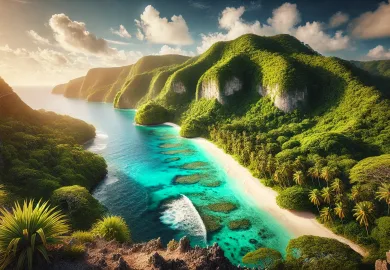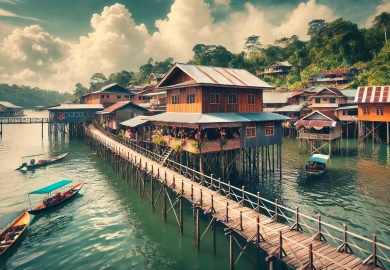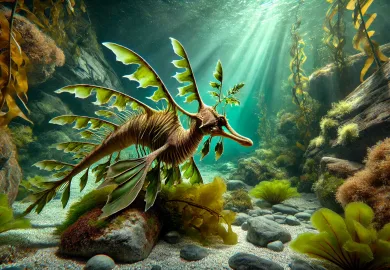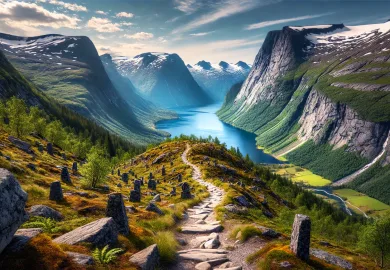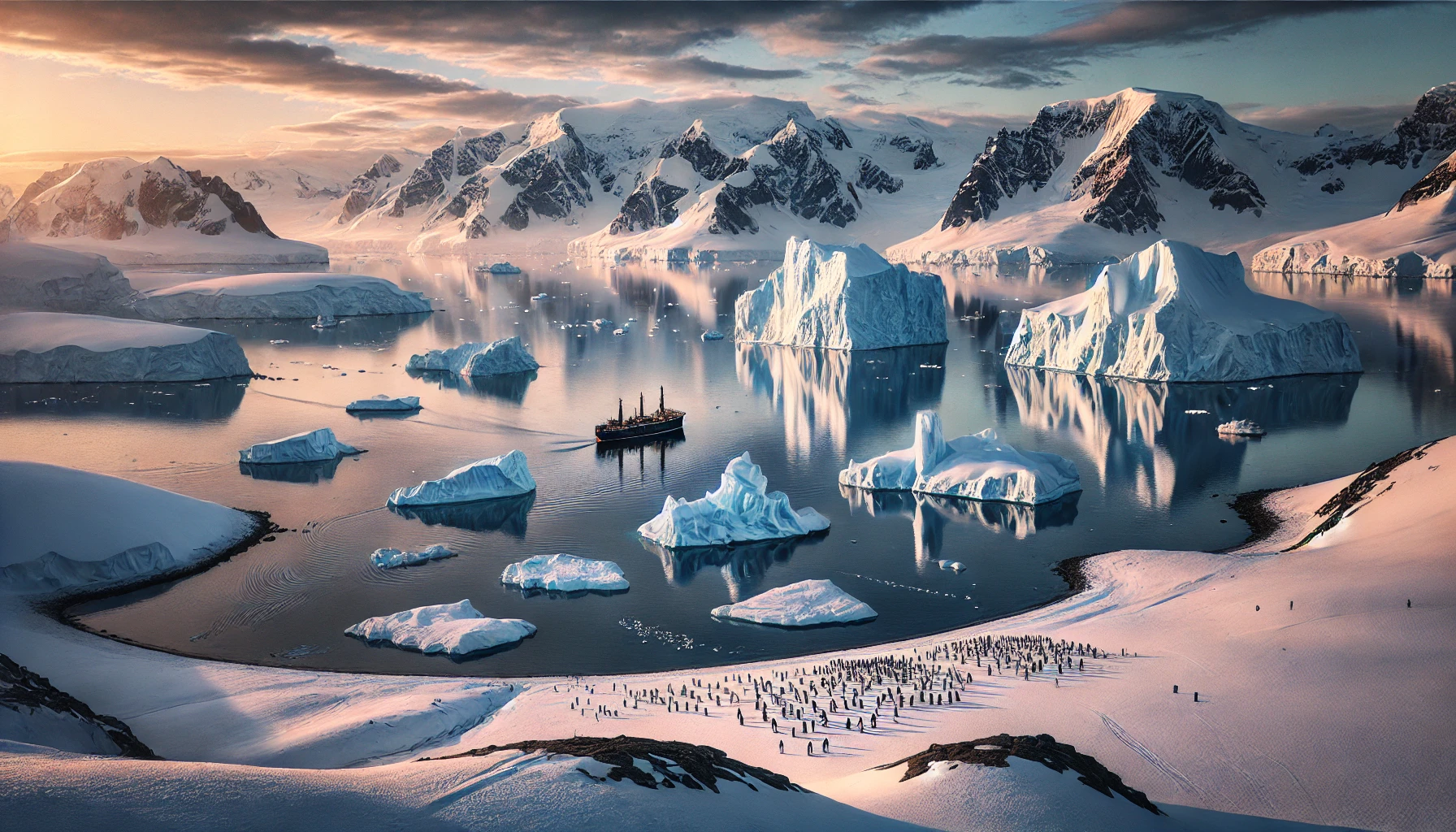
Antarctica, the southernmost continent, often conjures images of icy plains and frozen wilderness. But this remote land offers so much more than just ice. From its breathtaking wildlife to its rich history of exploration, Antarctica is a destination like no other. For those seeking adventure and discovery, it promises an unforgettable journey into the unknown.
The Unique Ecosystem of Antarctica
Antarctica is home to a remarkable ecosystem that thrives despite the harsh conditions. This cold desert boasts wildlife that has adapted to one of the most extreme environments on Earth.
One of the continent’s most iconic inhabitants is the penguin, with several species including Emperor and Adélie penguins. These birds are a joy to observe in their natural habitat, whether they’re waddling on land or diving gracefully into the icy waters. Penguins have evolved unique behaviors and physical traits to survive the Antarctic winter, including huddling in large groups to maintain warmth.
Beyond penguins, Antarctica is also home to seals and whales. Species like Weddell seals and humpback whales are frequently spotted near the Antarctic coast. Watching these marine animals in their natural environment provides an intimate view of the circle of life in one of the world’s last truly wild places. The surrounding ocean, teeming with krill, forms the basis of the food chain, supporting the region’s unique biodiversity.
Moreover, the landscape itself is a living, evolving part of the ecosystem. From the drifting icebergs that break off from the massive ice sheets to the glaciers that carve through the continent, Antarctica’s natural forces are awe-inspiring.
Antarctica’s History of Exploration
The story of Antarctica’s exploration is one filled with daring expeditions and tales of endurance. Early explorers, such as Ernest Shackleton and Robert Falcon Scott, braved unimaginable conditions to reach the heart of this icy wilderness.
One of the most famous Antarctic expeditions is Shackleton’s Imperial Trans-Antarctic Expedition, which aimed to cross the continent from one coast to another. Though the expedition ended in disaster when Shackleton’s ship, the Endurance, was trapped and crushed by ice, the crew’s survival against all odds has become legendary. Today, many tourists visit the sites connected to Shackleton’s journey, including the Elephant Island and the preserved huts used by early explorers.
In the 20th century, Antarctic exploration took on new meaning with the signing of the Antarctic Treaty in 1959. This agreement set Antarctica aside as a scientific preserve and banned military activity on the continent. As a result, modern exploration has become synonymous with scientific research. Visiting research stations on the continent offers a glimpse into the work being done to study climate change, wildlife, and astronomy.
Modern travelers can follow in the footsteps of these intrepid explorers, visiting key historical sites and experiencing the same sense of wonder that drove them to push the boundaries of human knowledge.
Activities and Adventures in Antarctica
For travelers, Antarctica is an adventure playground that goes far beyond passive sightseeing. The continent offers a wide range of activities that cater to adventure enthusiasts, photographers, and nature lovers.
One of the most popular activities is kayaking among icebergs. This allows visitors to experience the majesty of Antarctica’s ice formations up close. Gliding past towering icebergs, you gain a deep appreciation for the sheer scale and beauty of the landscape. It’s not uncommon to spot penguins or seals along the way, adding to the thrill of the adventure.
For the more daring, camping on the Antarctic ice is an unforgettable experience. Spending a night in a tent in one of the most remote places on Earth, under the midnight sun, is the ultimate test of endurance and a powerful way to connect with the raw beauty of the land. Campers must adhere to strict environmental guidelines, ensuring that their stay has minimal impact on the fragile ecosystem.
Ice climbing and mountaineering are also popular activities, especially for those looking to push their physical limits. The Antarctic Peninsula offers several challenging peaks, including Mount Vinson, the highest point in Antarctica. Summiting these peaks rewards climbers with panoramic views of the endless white expanse below.
The Impact of Climate Change on Antarctica
As beautiful and serene as Antarctica is, it is also one of the most vulnerable regions to the effects of climate change. The continent plays a crucial role in regulating the Earth’s climate, and the changes occurring here have far-reaching consequences.
The melting ice sheets are one of the most visible signs of climate change in Antarctica. Rising global temperatures have accelerated the melting of glaciers, contributing to rising sea levels. The Antarctic Peninsula, in particular, has seen some of the fastest warming rates on the planet, with significant ice loss over the past few decades. Scientists continue to monitor this region to understand how these changes will impact global ocean currents and weather patterns.
Another concern is the potential disruption to Antarctica’s delicate ecosystem. The reduction in sea ice affects the populations of krill, a critical food source for penguins, seals, and whales. As the krill population declines, the entire food chain is at risk. Scientists studying the region are working hard to understand the long-term effects of climate change on both the ecosystem and the planet.
For travelers, visiting Antarctica offers a unique opportunity to witness these changes firsthand. It also serves as a powerful reminder of the importance of environmental conservation. Many tour operators are committed to responsible tourism, ensuring that visitors leave no trace on the fragile environment and support ongoing conservation efforts.
Exploring Antarctica is about more than just ice. It is a journey into a world of extremes, where nature reigns supreme, and history is written in the frozen landscape. Whether you’re captivated by its wildlife, fascinated by its history, or eager for adventure, Antarctica is a destination that leaves a lasting impression.


